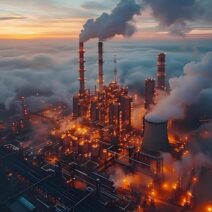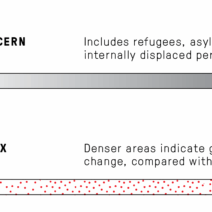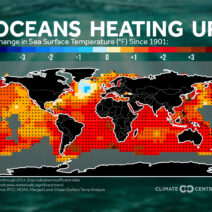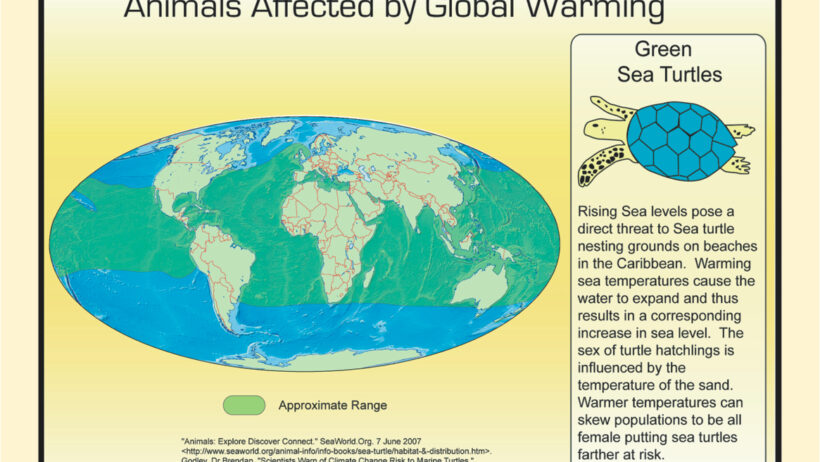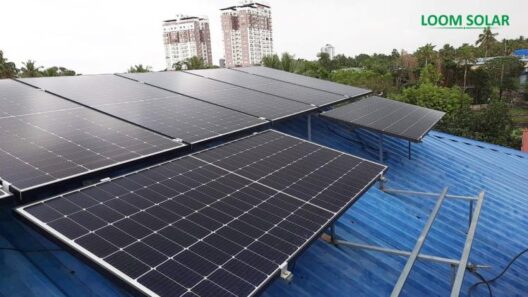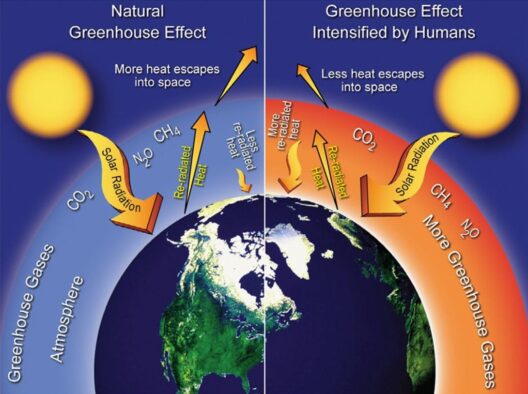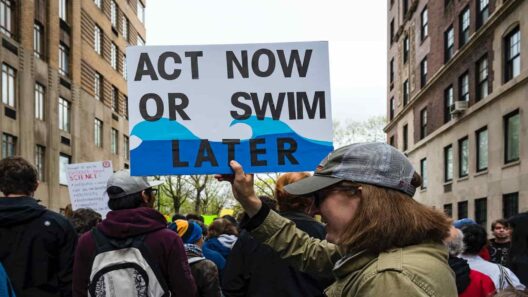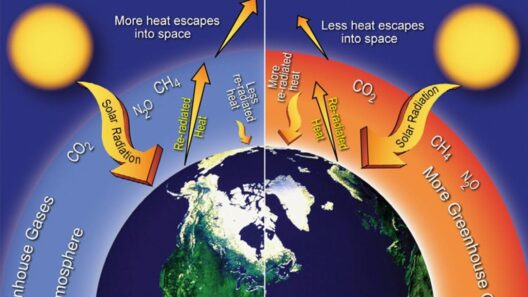Global warming has become an increasingly prevalent topic, sparking intense discussions not just among scientists, but also in the public domain. One particularly intriguing aspect of this discourse revolves around the question: Does global warming break down the Earth’s protective layers? To unpack this question, it is essential to discern between established scientific facts and popular misconceptions that can lead to misinterpretations.
The Earth is enveloped by several protective layers, which include the atmosphere, the ozone layer, and the biosphere. These layers are crucial in shielding the planet from various external threats, including harmful solar radiation and extreme temperature fluctuations. The atmosphere, composed of gases like carbon dioxide and methane, plays a critical role in regulating the Earth’s climate through the greenhouse effect. Healthy levels of these gases ensure a habitable temperature range for all life forms.
However, the rise of greenhouse gas concentrations due to human activities—primarily fossil fuel combustion and deforestation—has intensified the greenhouse effect, leading to global warming. As temperatures rise, one might ponder: Is this rapid change dismantling the very barriers that uphold our environmental stability?
The southwest region of the atmosphere, where weather and climate phenomena occur, is particularly vulnerable. Increased temperatures can lead to a higher influx of energy, resulting in more severe weather patterns—think hurricanes, droughts, and floods. These extreme conditions can erode soil integrity and compromise the biosphere, degrading vital ecosystems that serve as the Earth’s natural defenses.
Moving to the ozone layer, which protects life on Earth from the sun’s harmful ultraviolet (UV) radiation, it is vital to clarify that global warming and ozone depletion are driven by different mechanisms. The ozone layer has been affected primarily by chlorofluorocarbons (CFCs) and other ozone-depleting substances. While global warming does not directly break down the ozone layer, it can exacerbate existing vulnerabilities. Warmer temperatures may change atmospheric circulation patterns, potentially leading to further depletion in the stratosphere.
A common misconception is that global warming significantly weakens the Earth’s crust, leading to more earthquakes and volcanic activity. While tectonic movements are indeed influenced by various geophysical processes, the connection to global warming is tenuous at best. The crust’s stability remains predominantly governed by plate tectonics, not climate fluctuations.
Nevertheless, rising global temperatures have implications for the Earth’s surface, particularly in the context of permafrost. The thawing of these frozen grounds releases significant amounts of stored methane, a potent greenhouse gas. The feedback loop created by these emissions can further exacerbate global warming, raising an important question: Are we, in our efforts to understand and combat climate change, inadvertently accelerating the very processes we seek to mitigate?
Additionally, the acidification of oceans is another critical aspect of climate change that often goes understated. Increased carbon dioxide emissions are absorbed by the oceans, leading to a decline in pH levels. This shift can diminish the resilience of coral reefs and other marine ecosystems that act as natural shields against coastal erosion. A vibrant marine environment is critical for absorbing carbon, and its degradation poses a direct threat to natural carbon cycling and atmospheric balance.
Moreover, the collective impact of climate change on biodiversity cannot be overstated. As ecosystems are disrupted, many species face extinction. The loss of these organisms has cascading effects on the food web and human life, potentially destabilizing communities reliant on natural resources. Thus, while global warming does not directly “break down” the Earth’s protective layers, its repercussions can compromise their integrity and functionality over time.
So, where does this leave us? Should we consider climate change a mere inconvenience, or should we view it as a clarion call for action? The interplay between human activity and climate change necessitates a proactive stance. To mitigate these effects, a multifaceted approach must be adopted. This includes reducing carbon emissions, transitioning to renewable energy sources, and enhancing conservation efforts—actions that not only protect the environment but also uphold the essential layers that sustain life.
In conclusion, while global warming does not directly dismantle the Earth’s protective layers in a literal sense, it certainly poses significant challenges that can undermine their efficacy. Through a greater understanding of these dynamics, society can better equip itself to face the multifaceted environmental crises ahead. It is imperative that we advance beyond rhetoric and engage in informed actions that safeguard our planet’s future. Engaging communities, promoting sustainable practices, and advocating policy changes are steps every individual can take. In unison, these efforts can forge a resilient path forward in the era of climate change.
